Before the session, the Government sent a report to the National Assembly on receiving and explaining the opinions of the National Assembly Standing Committee related to the draft Law amending and supplementing a number of articles of the Law on Exit and Entry of Vietnamese Citizens and the Law on Entry, Exit, Transit and Residence of Foreigners in Vietnam.
Accordingly, the Government proposed expanding the list of countries exempted from e-visas; increasing the duration of e-visas to 90 days, valid for single or multiple entries; and increasing the temporary stay period for visitors entering under unilateral visa exemption from 15 days to 45 days.
However, in addition to the above proposed amendments, travel companies reported that they still spend a lot of time on visa procedures for international visitors.
Have the document in hand, still waiting at the airport
The leader of an inbound tourism business in Hanoi shared that a Sri Lankan couple wanted to come to Vietnam for their honeymoon. They flew from Melbourne (Australia). The wife has Australian nationality so it was quite easy to apply for an e-visa. The husband has Sri Lankan nationality, although he had an official document allowing him to get a visa at the border ( visa on arrival ), he thought everything would be easy, but he still had to wait.
Normally, with a visa on arrival, visitors only need to bring a valid passport, go to the airport, get a visa stamped, and pay the fee. However, in Vietnam, visitors must have a Vietnam visa approval letter from the Immigration Department.
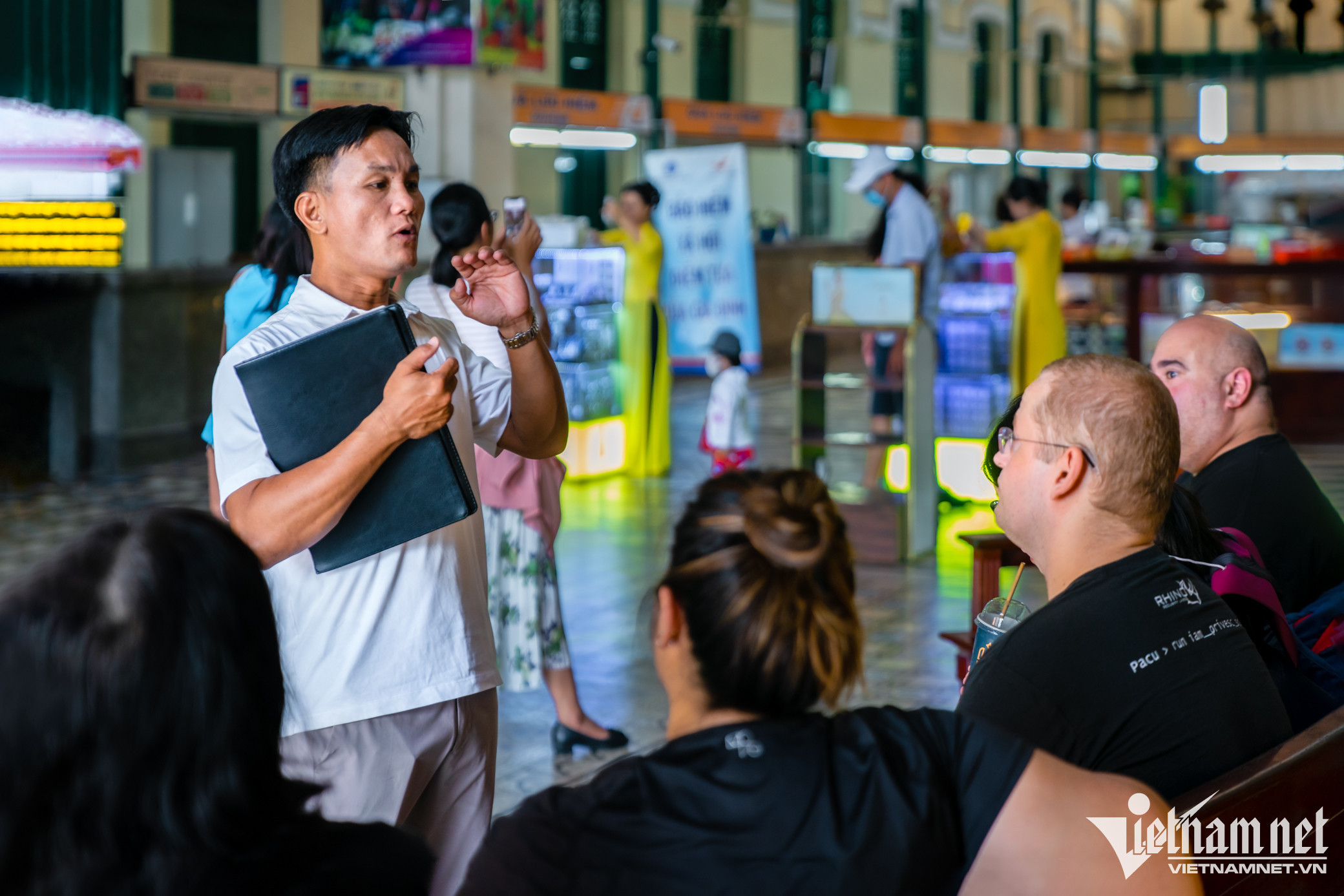
Before coming to Vietnam, the Sri Lankan couple carefully booked services with a travel agency and a visa company in Australia, and had an official dispatch to get a visa at the border gate. However, when arriving at Tan Son Nhat airport, the border gate staff asked the husband to fill in the entry visa application form and wait for his ID photo to be taken.
During this process, the guests had to wait a long time and were explained that it was due to a lack of staff, the staff doing the procedures had to “change shifts and were busy”. Therefore, the immigration procedures at the airport gate took the guests an additional 3 hours, so it was not until 7:30-8:00 pm that the couple returned to the hotel,” said the leader of the travel company.
Mr. Pham Ha, Chairman of Lux Group, said that the regulation requiring foreign visitors to have an official letter allowing them to get a visa at a Vietnamese border gate is not essentially a visa on arrival.
According to Mr. Nguyen Duc Chi, former Deputy Head of the Travel Department (Ho Chi Minh City Department of Tourism), correctly understood, visa on arrival is when visitors arrive at the border gate (usually the international airport gate) to apply for a visa, so at that time it is also a matter of luck. Some countries, like Mongolia, do not have many embassies, almost 100% of visitors flying in are granted visas at the airport. Depending on the destination, some countries charge additional fees, some exempt. For visitors who travel suddenly and do not have time to prepare the procedures to apply for an electronic visa (evisa), they apply for a visa on arrival.
As of 2019, there are more than 40 countries and territories issuing visas on arrival to Vietnamese citizens.
Some countries are very open to this type of visa. For example, visitors only need to present a return ticket to be able to continue to a third country.
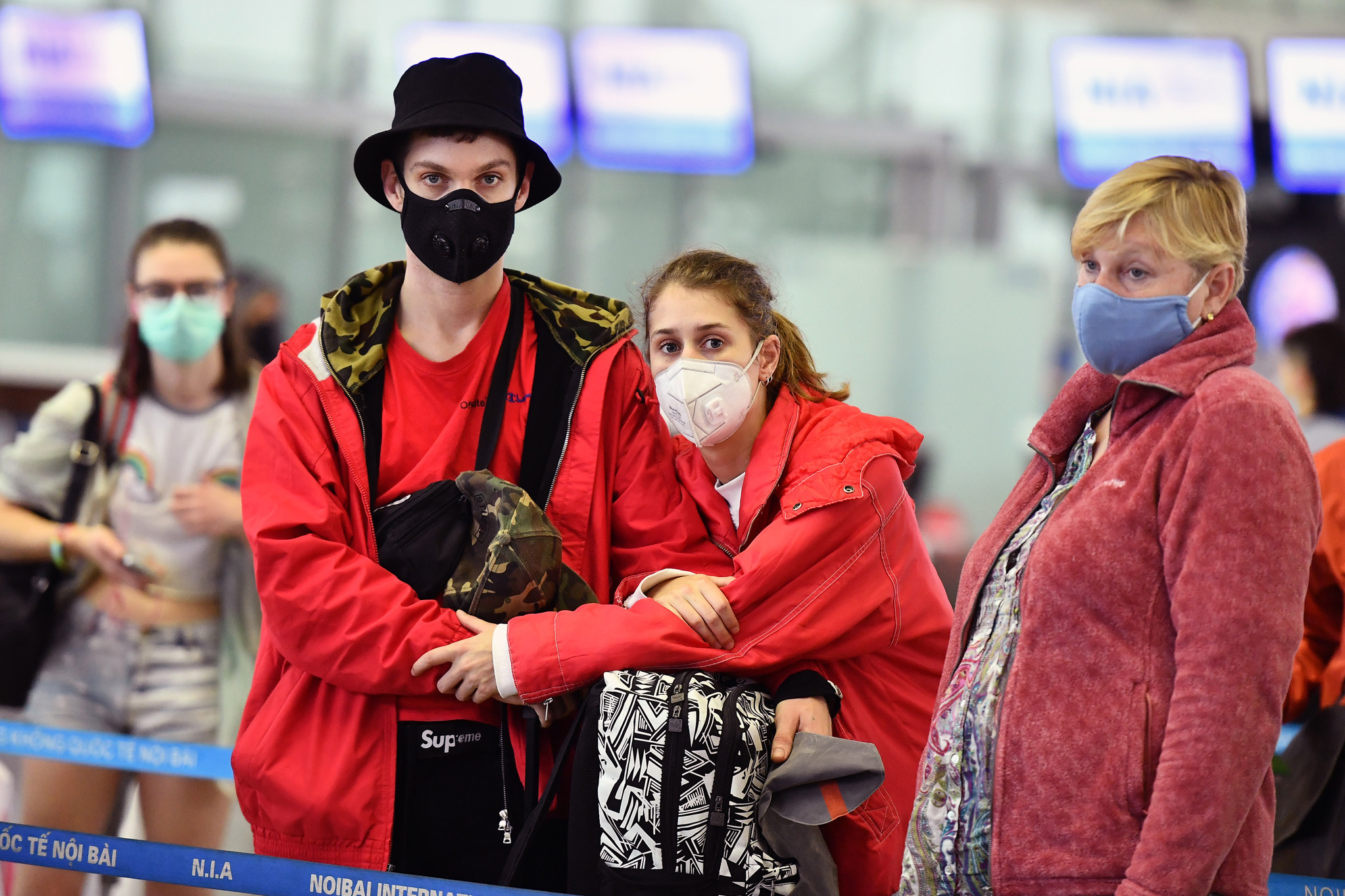
Or to Thailand, international visitors only need a passport valid for more than 6 months, customs checks and finds no 'special issues requiring restrictions' and proof of a round-trip ticket. Going to Cambodia is also very easy. Visitors do not need to do any procedures in advance, just fill in the entry card issued on the plane. When landing, they bring the card with their passport, pay the fee and get a visa. The risk of being refused is very low.
Need to be flexible
Meanwhile, in Vietnam, a travel agency specializing in receiving inbound tourists in Hanoi said that to get this license, foreign tourists cannot apply for it themselves. They must go through a travel agency. Moreover, tourists are also assigned to enter the country at a border gate (usually the starting point of the tour).
To get a visa approval, the travel agency must sponsor the customer, such as creating a tour program, stating clearly where to stay, hotel name, etc.
Therefore, many companies are not interested in individual customers because of the great responsibility, while after the Covid-19 pandemic, they have had many difficulties and lack of human resources.
Visa on arrival procedures need to be simple and convenient to attract rich, money-rich, time-poor customers. They like to 'pack their bags and go', so visa application needs to be quick and easy.
Ms. Nghiem Thuy Ha, CEO of Aadasia Group, suggested that in the upcoming visa policy amendments, the most important thing is to expand the list of countries exempted from e-visas, moving towards implementing visa on arrival in Vietnam.
She suggested that the authorities should consider issuing visas on arrival to encourage luxury, rich, and time-poor visitors to come to Vietnam, similar to what Thailand, Laos, and Cambodia are doing.
Mr. Nguyen Duc Chi also said that visa on arrival is flexible in application, different from evisa. Electronic visa is just a change from direct to online, but visa on arrival can have more flexible procedures if applied properly. Therefore, Vietnam needs to soon apply visa on arrival in a flexible, public, and convenient way for international visitors.
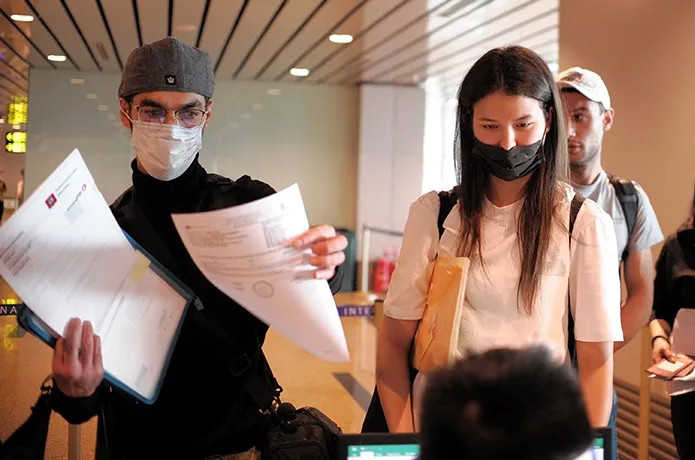
Source


![[Photo] More than 17,000 candidates participate in the 2025 SPT Competency Assessment Test of Hanoi National University of Education](https://vphoto.vietnam.vn/thumb/1200x675/vietnam/resource/IMAGE/2025/5/17/e538d9a1636c407cbb211b314e6303fd)
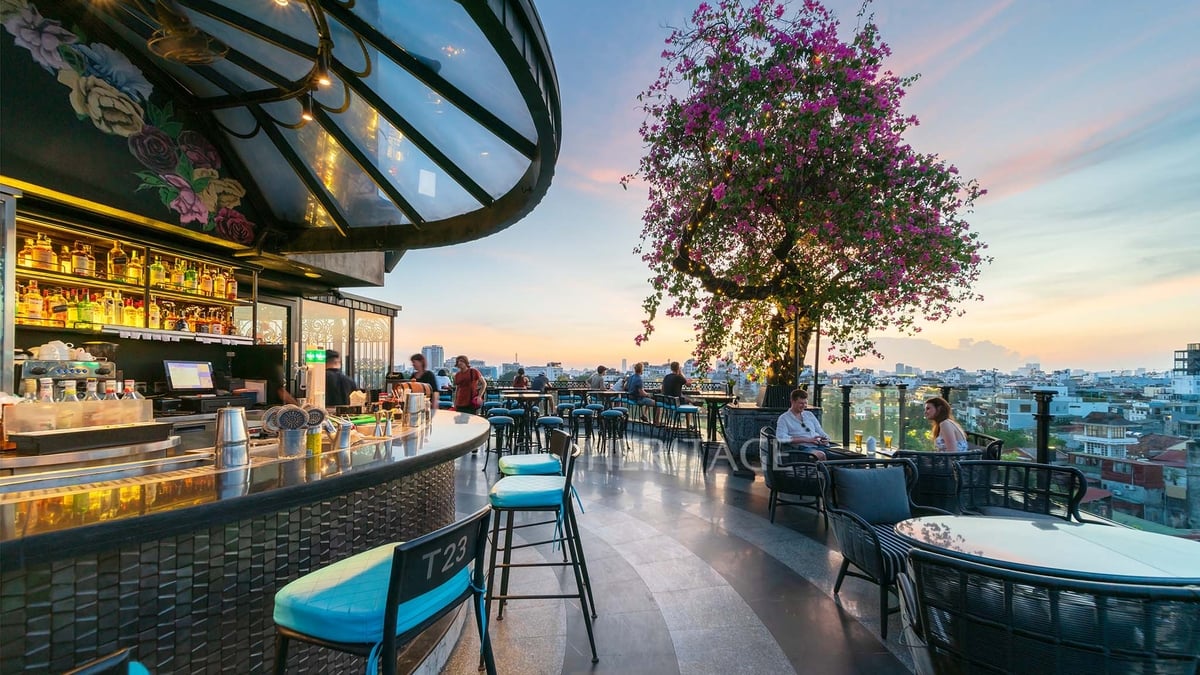
![[Photo] National conference to disseminate and implement Resolution No. 66-NQ/TW and Resolution No. 68-NQ/TW of the Politburo](https://vphoto.vietnam.vn/thumb/1200x675/vietnam/resource/IMAGE/2025/5/18/adf666b9303a4213998b395b05234b6a)

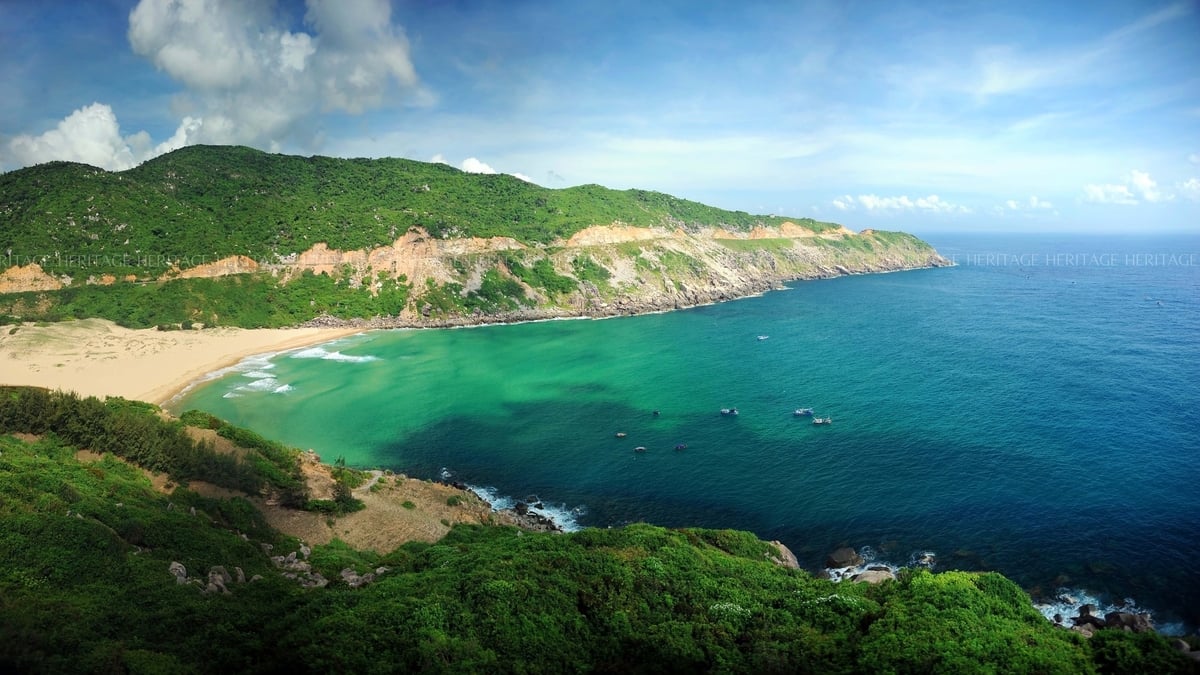
![[Photo] General Secretary To Lam visits exhibition of achievements in private economic development](https://vphoto.vietnam.vn/thumb/1200x675/vietnam/resource/IMAGE/2025/5/18/1809dc545f214a86911fe2d2d0fde2e8)


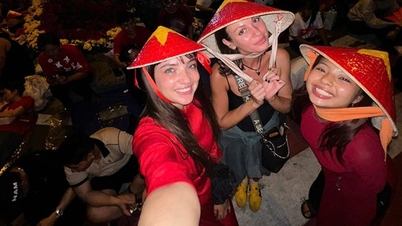



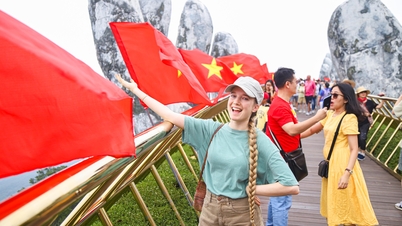



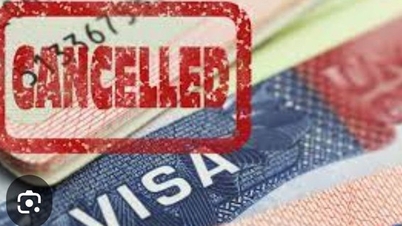





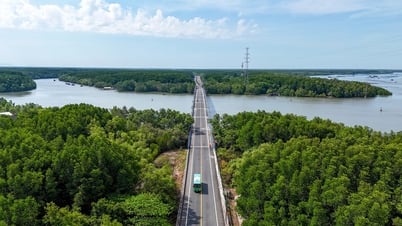

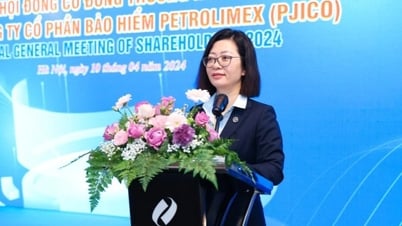

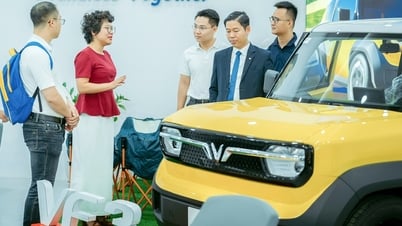





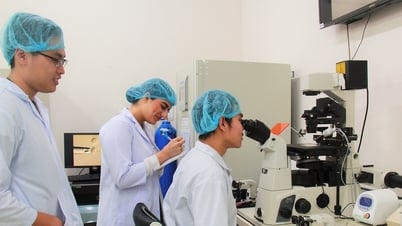
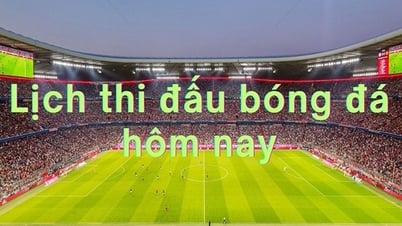




![[Photo] Prime Minister Pham Minh Chinh chairs meeting on science and technology development](https://vphoto.vietnam.vn/thumb/1200x675/vietnam/resource/IMAGE/2025/5/17/ae80dd74c384439789b12013c738a045)
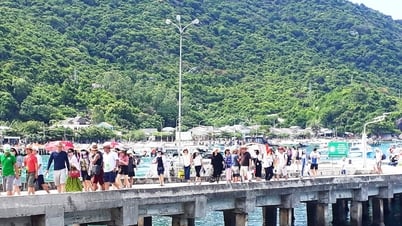



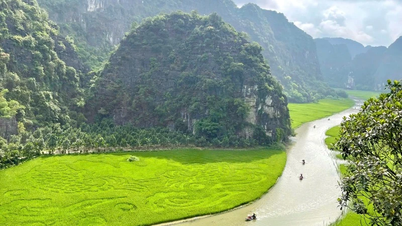
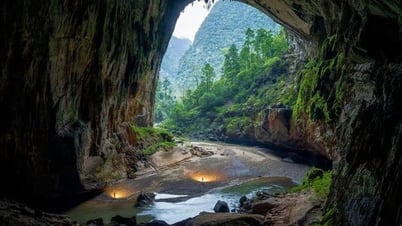
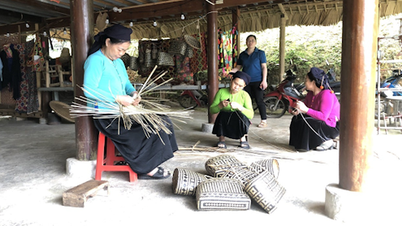
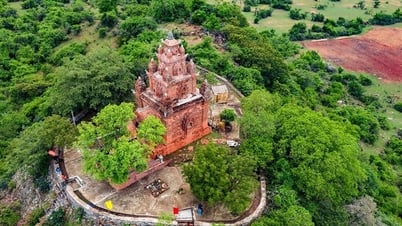

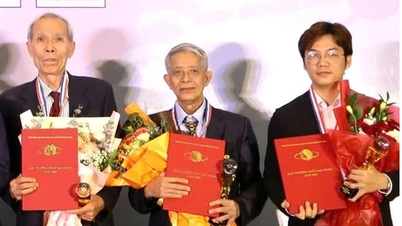



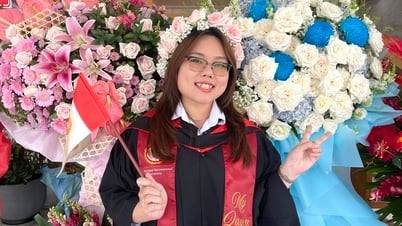

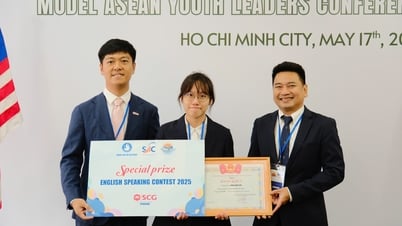




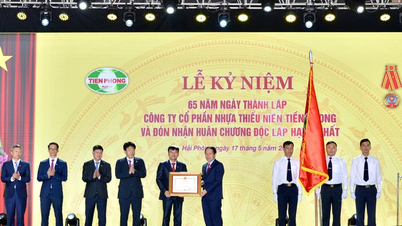



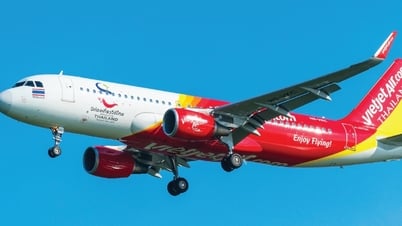
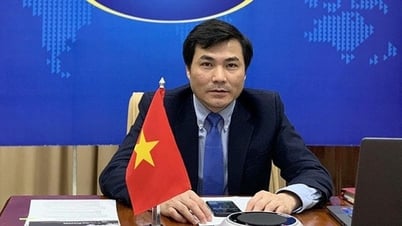
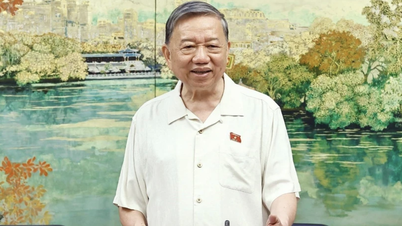
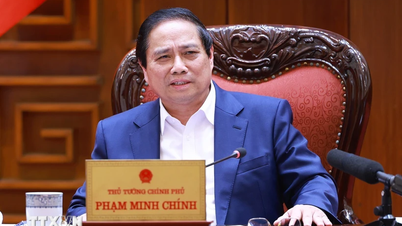
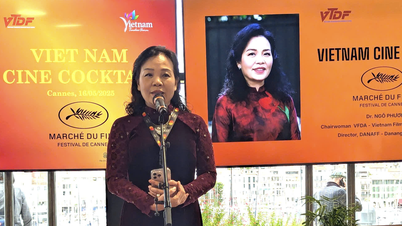

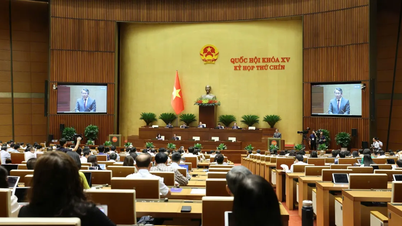
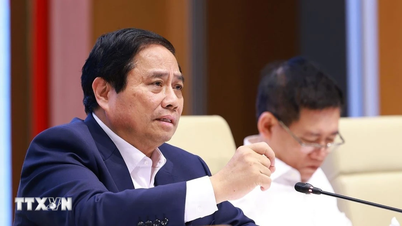


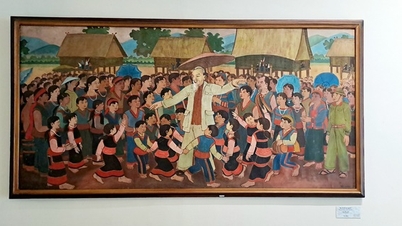
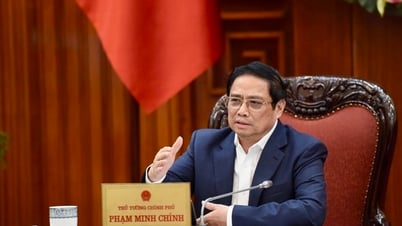
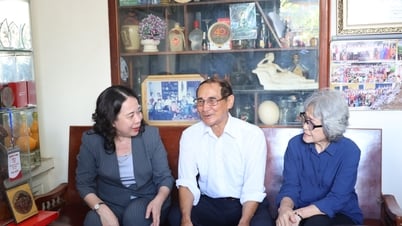

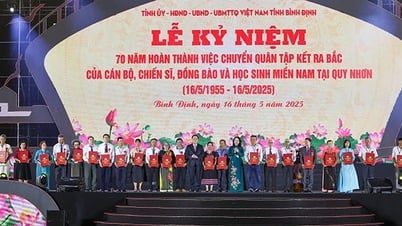
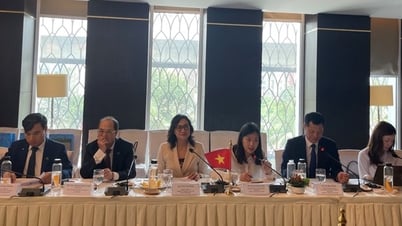

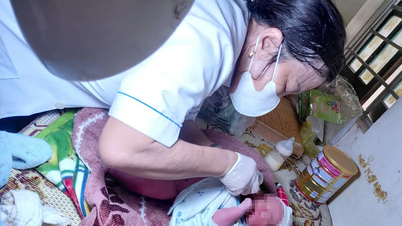
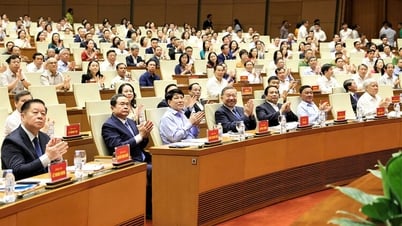

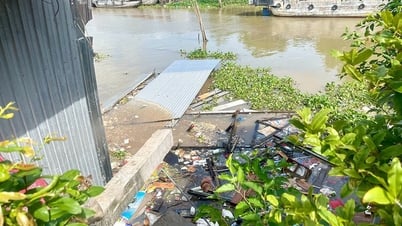


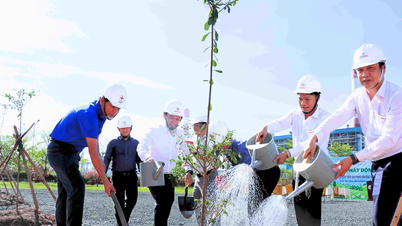











Comment (0)